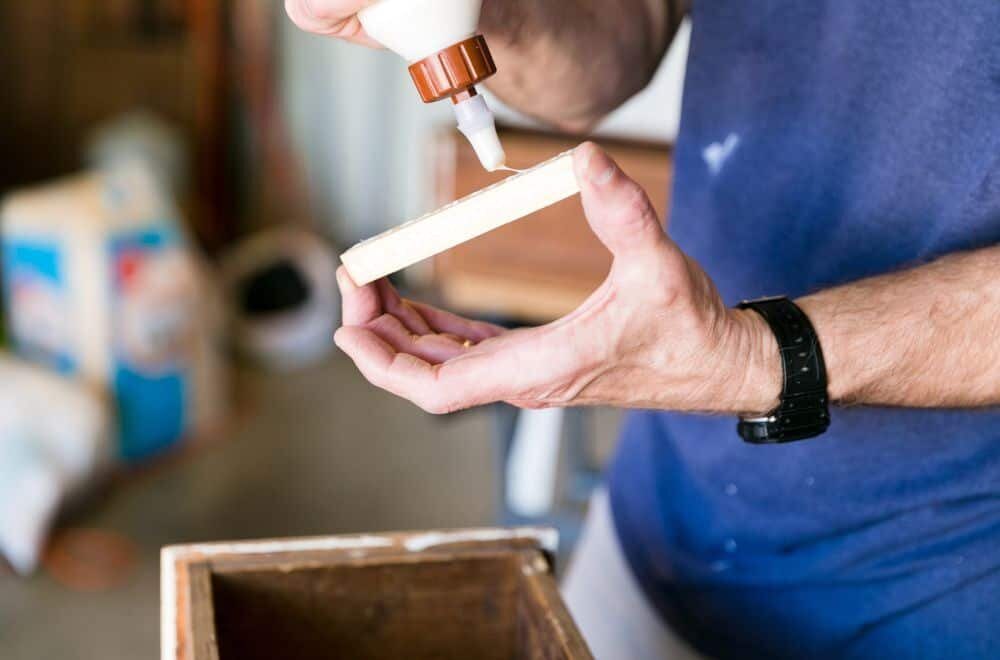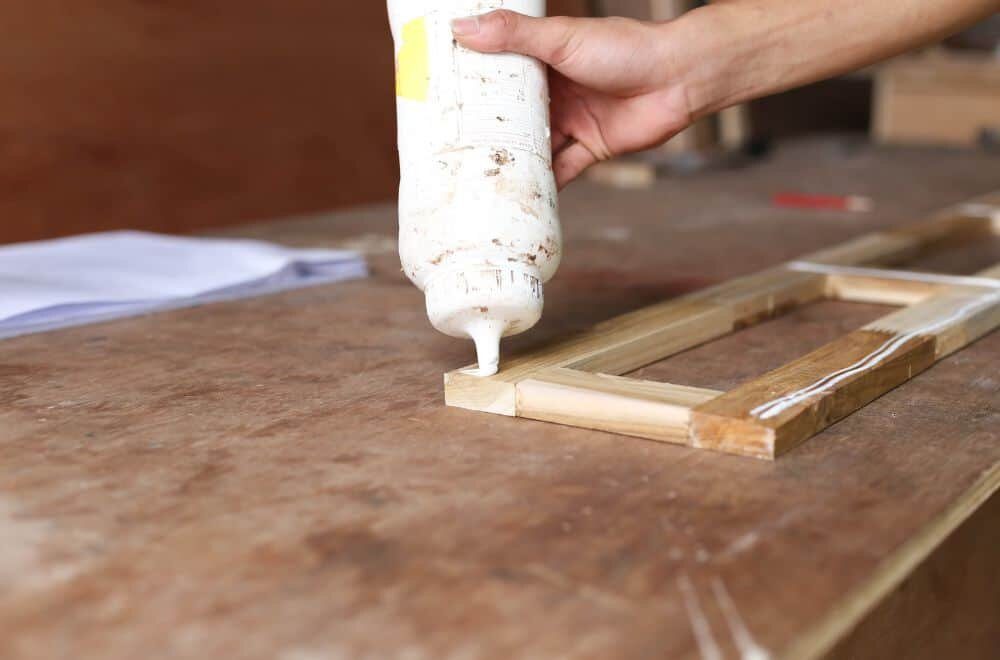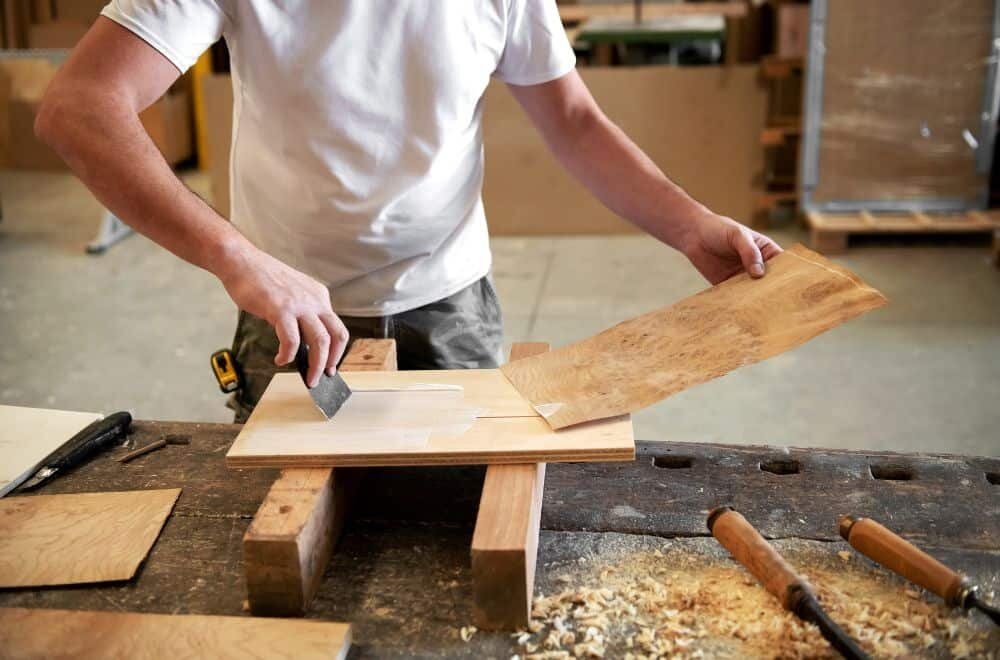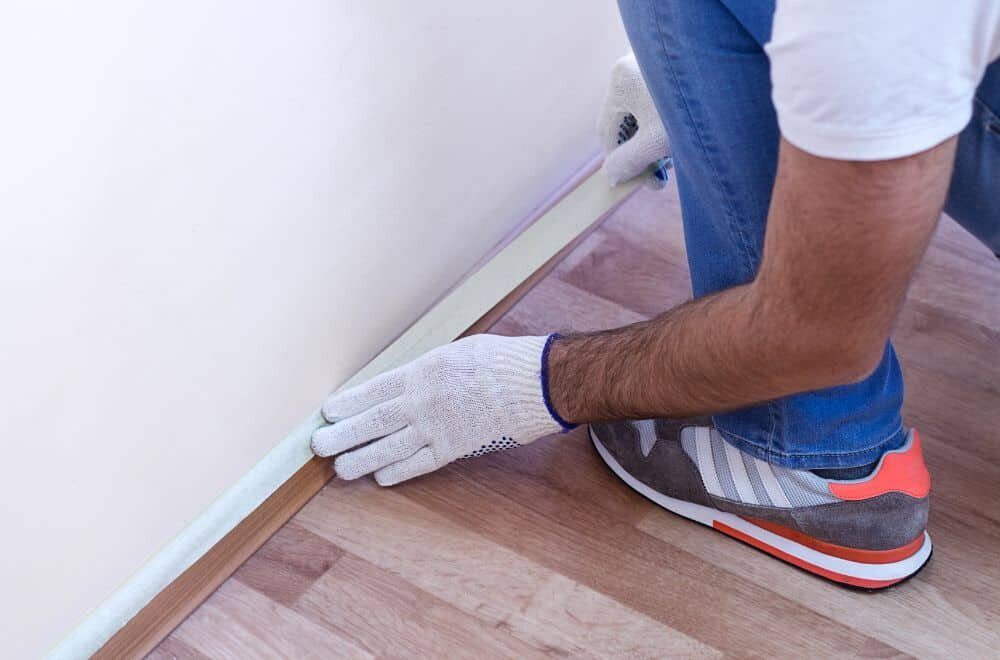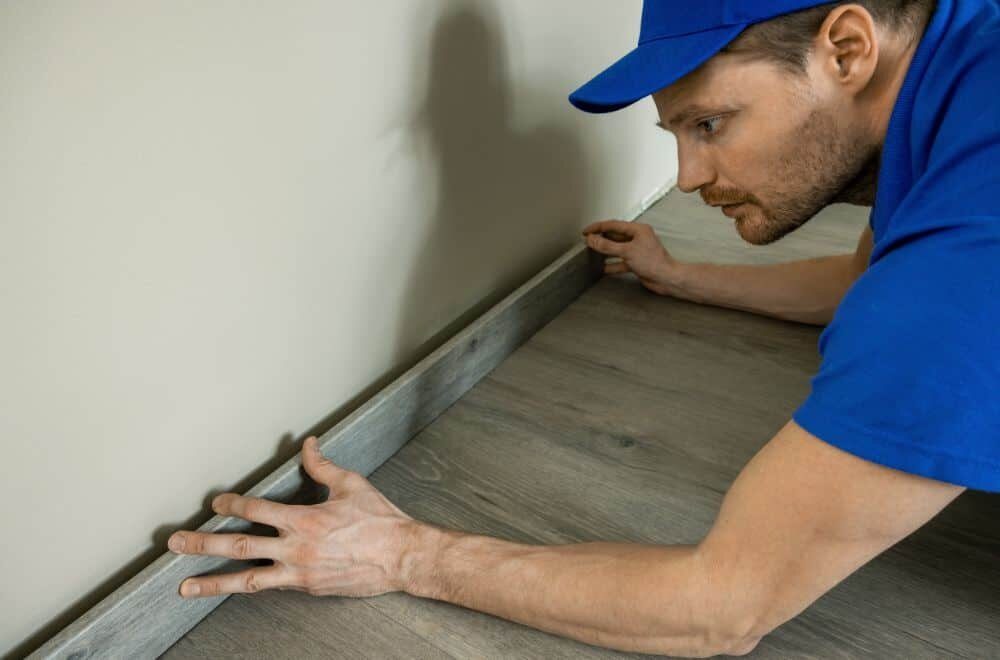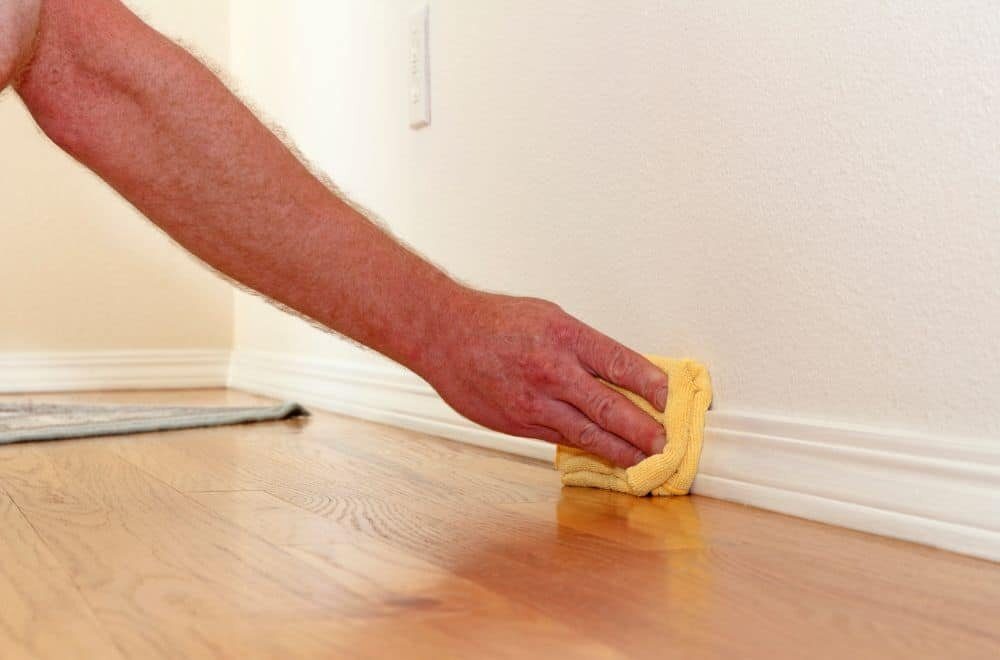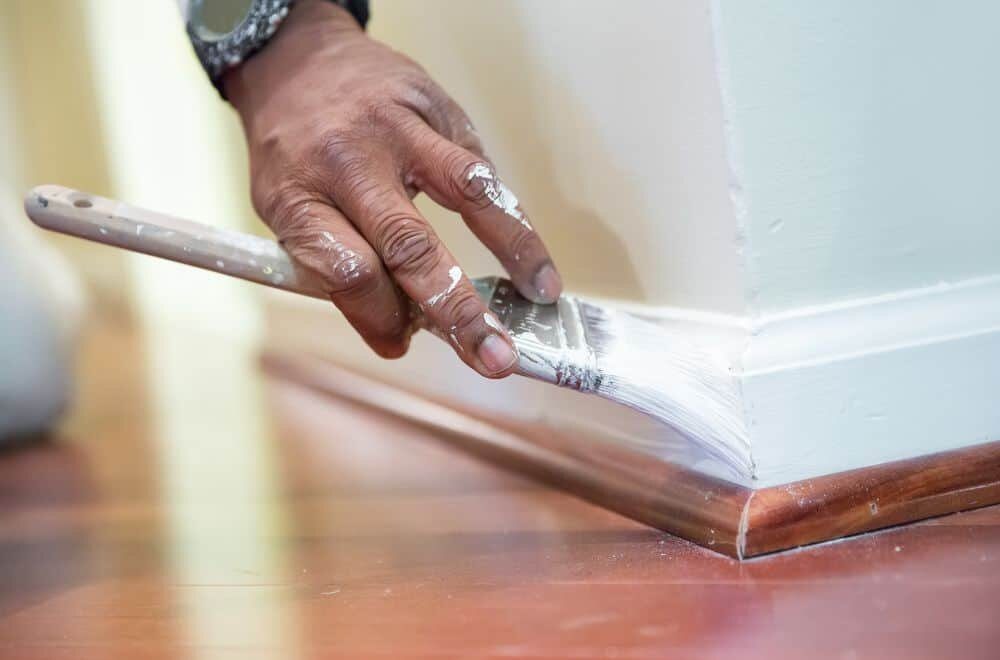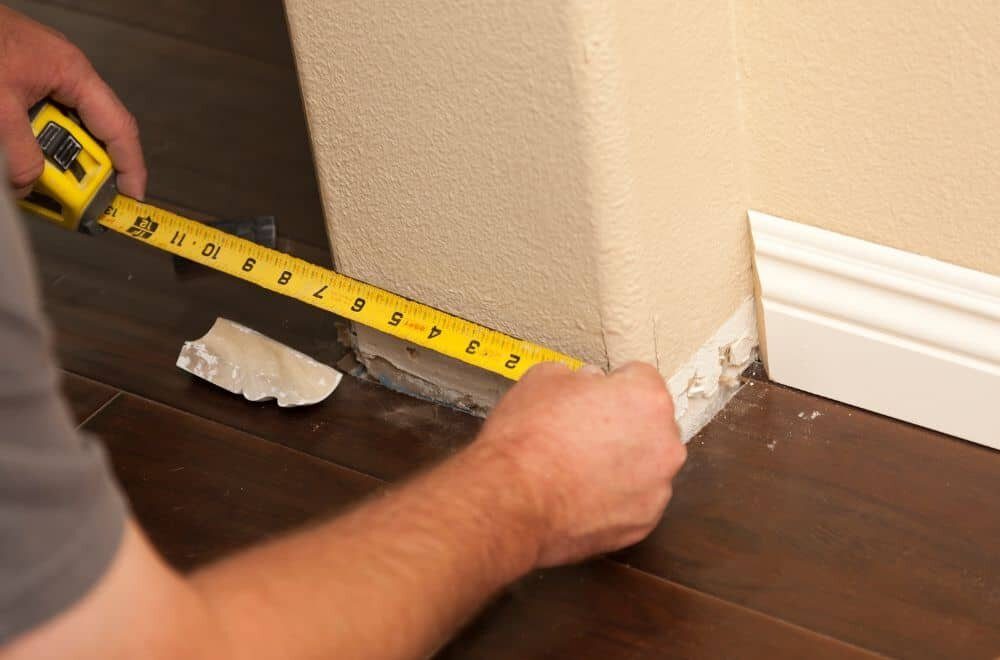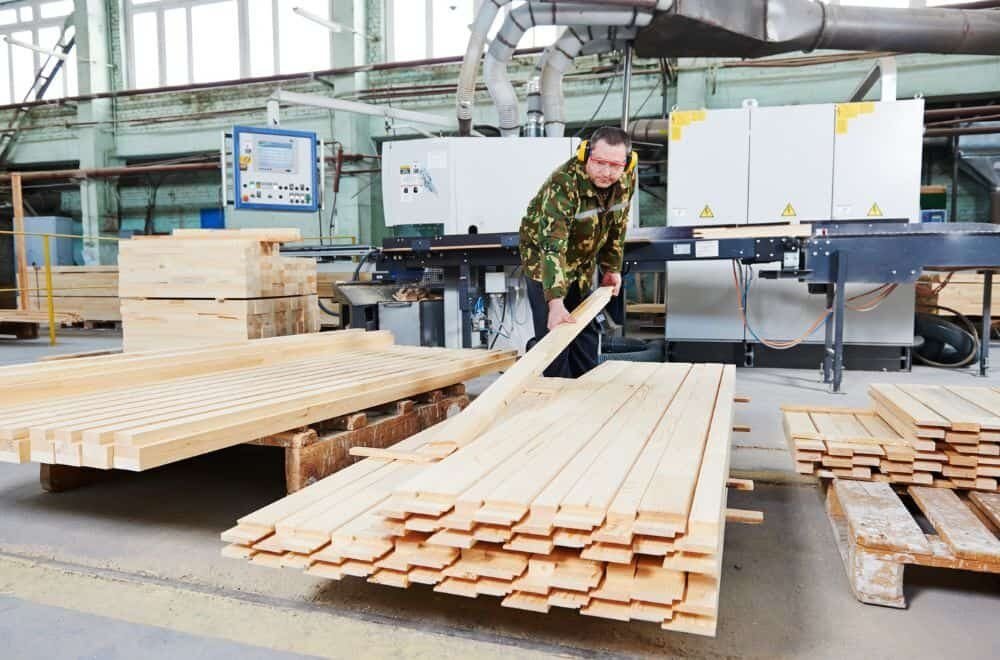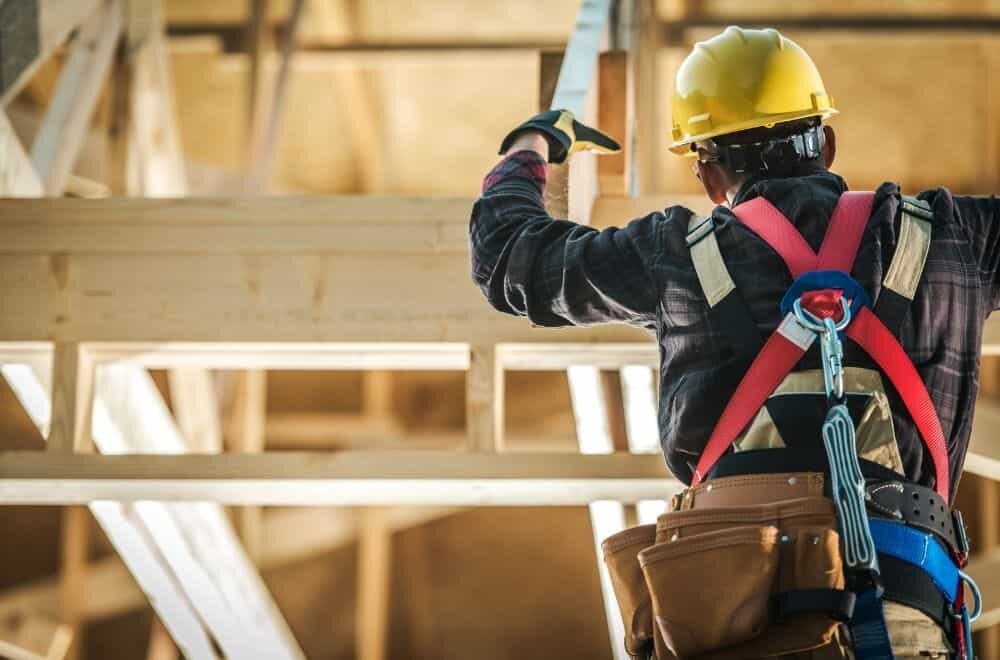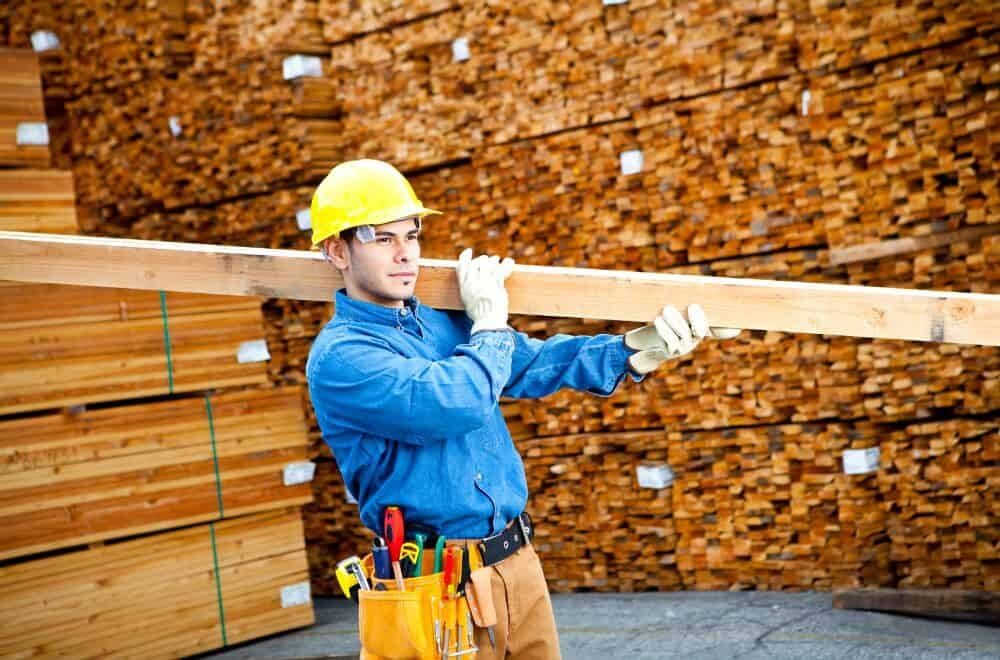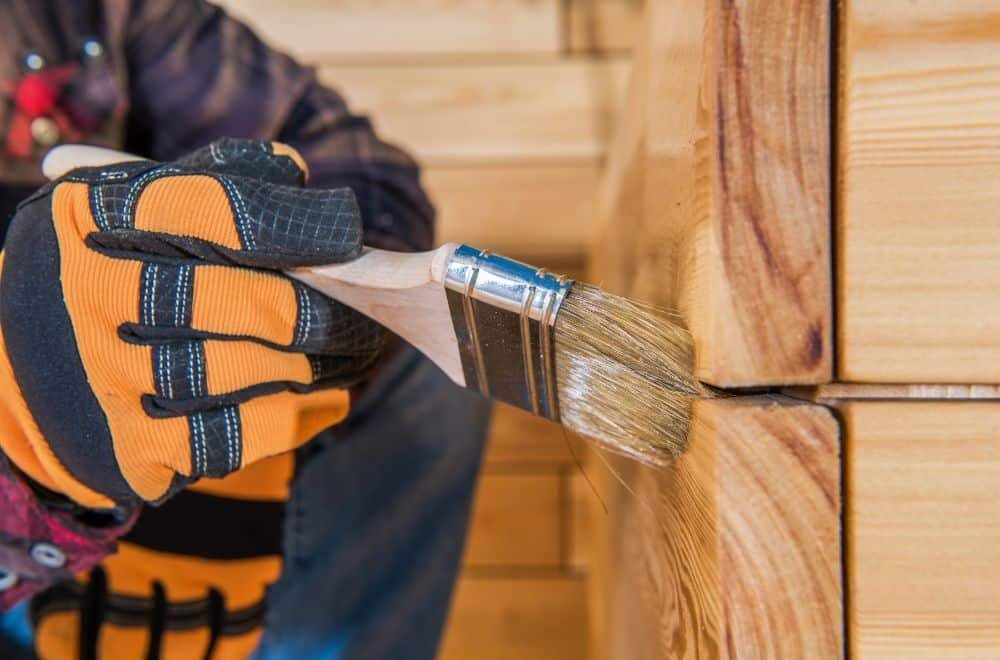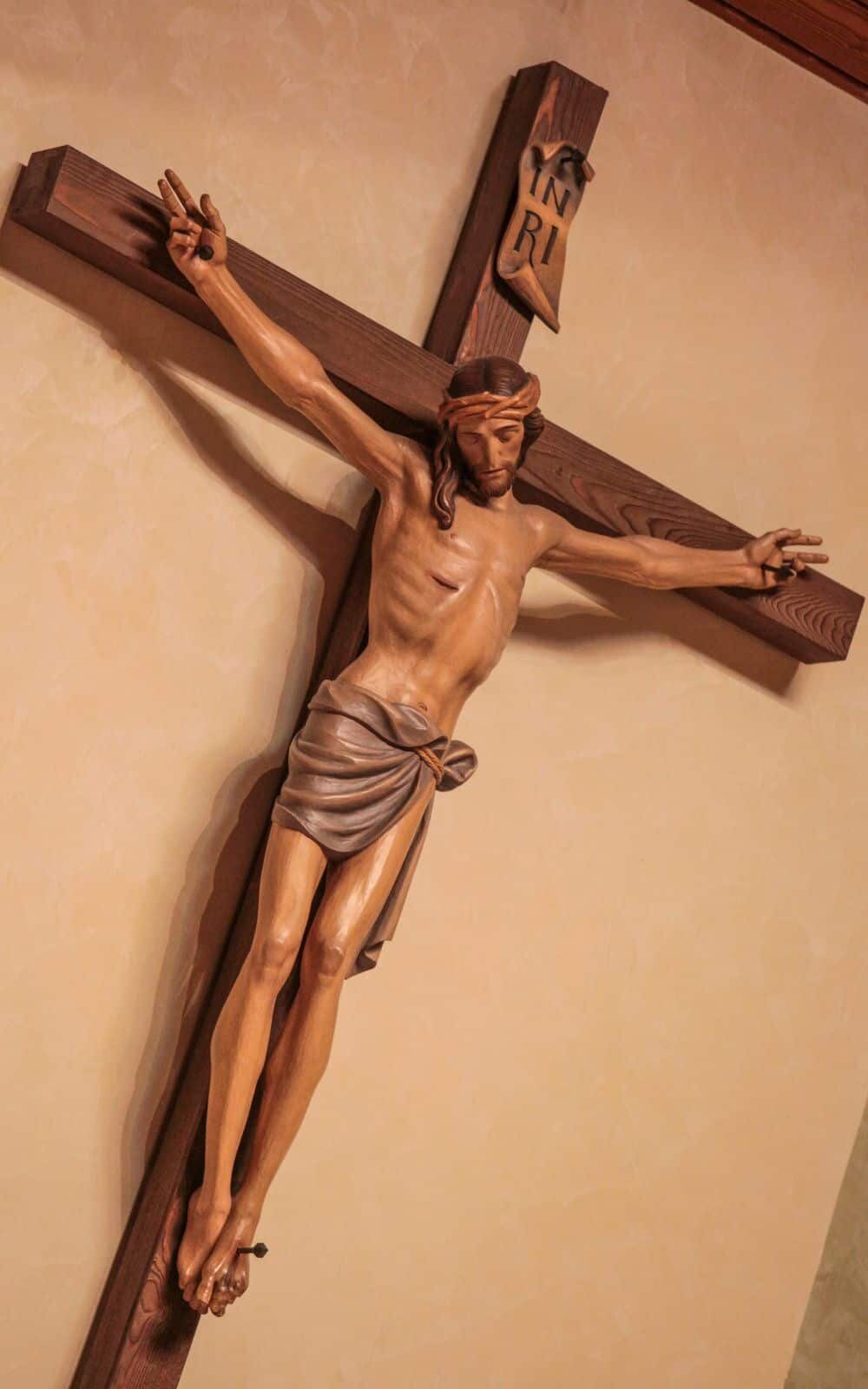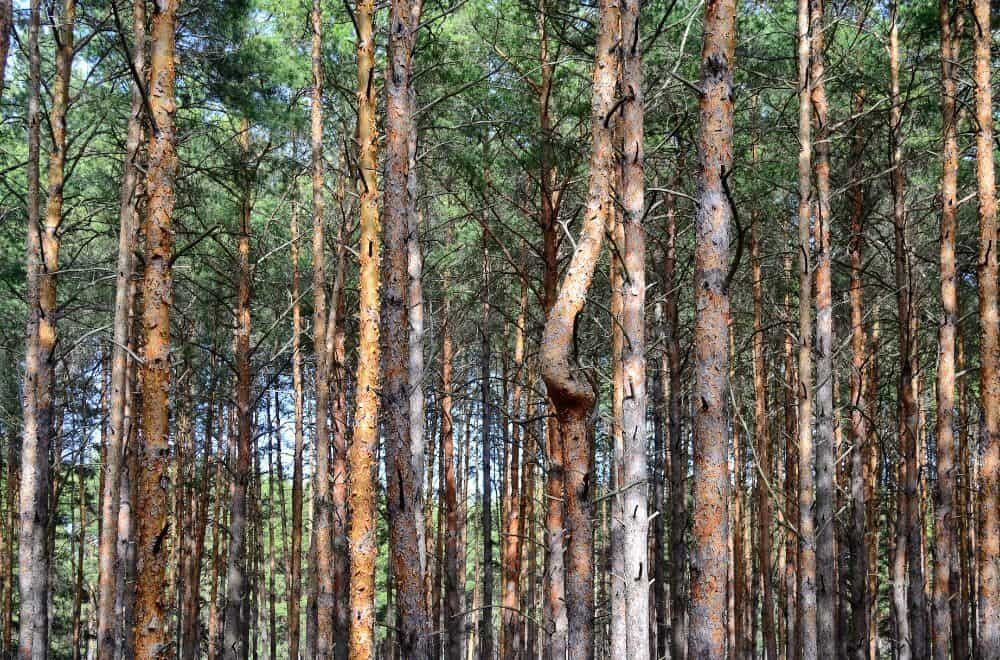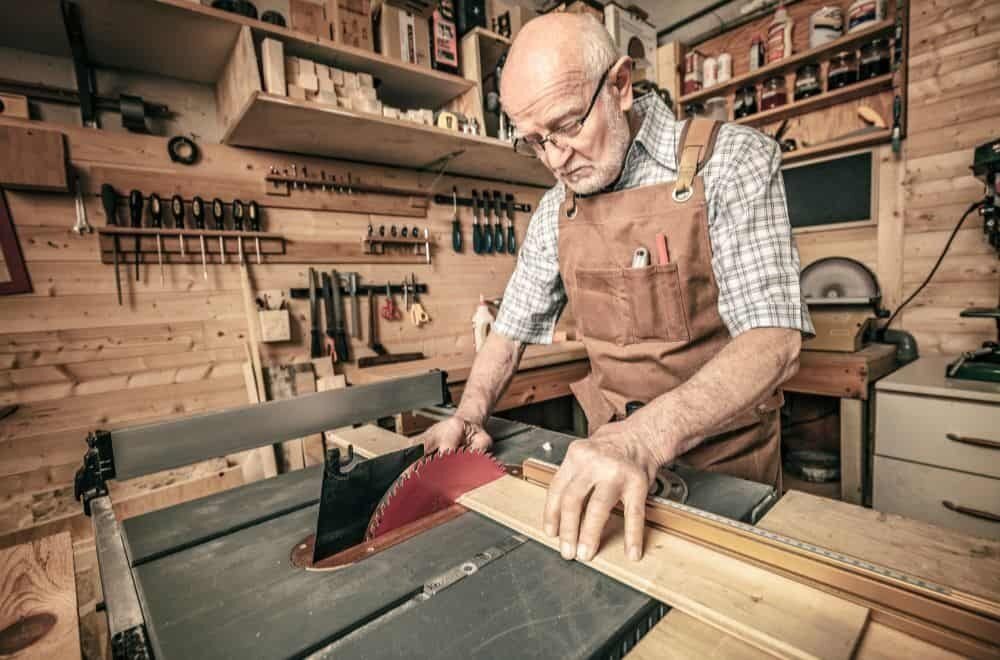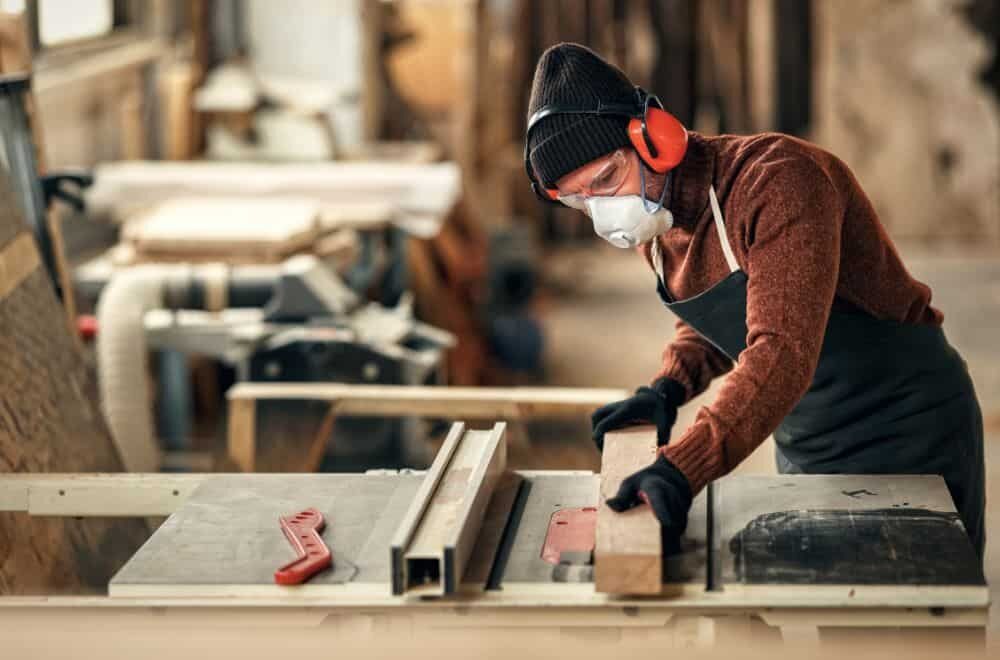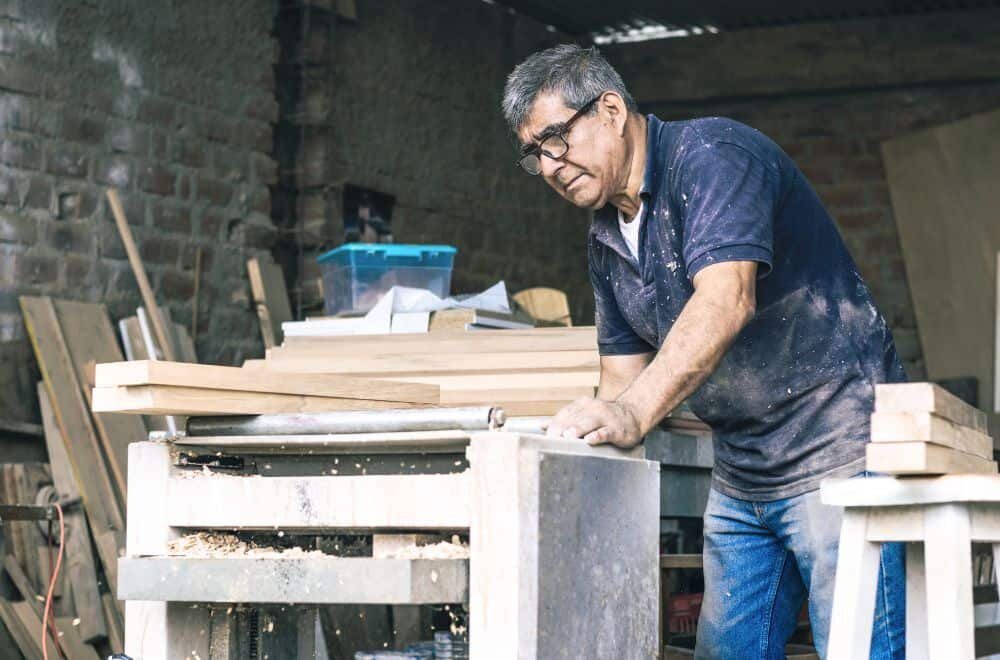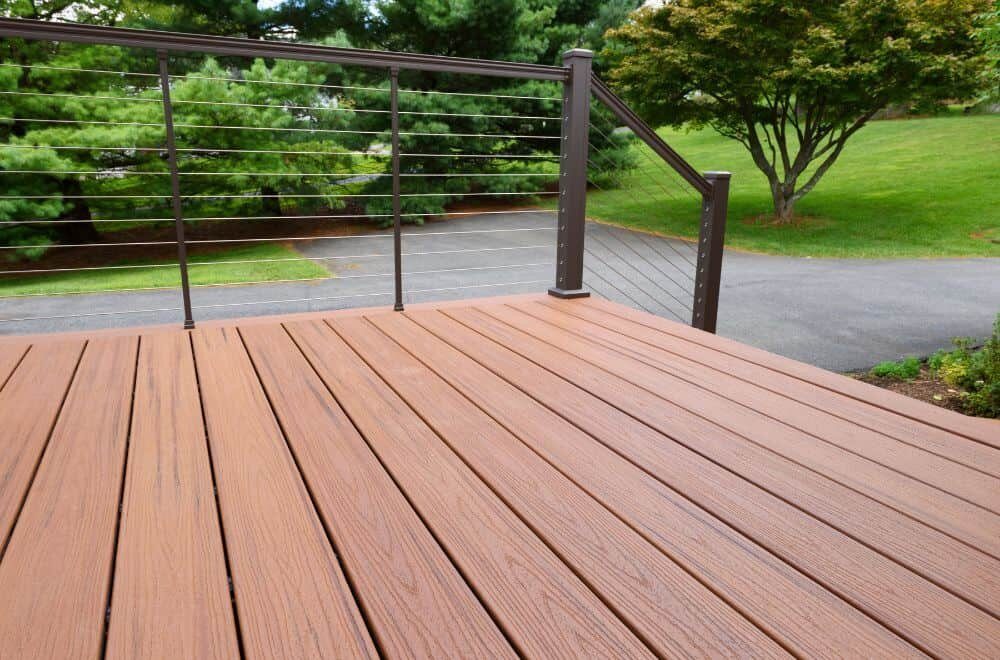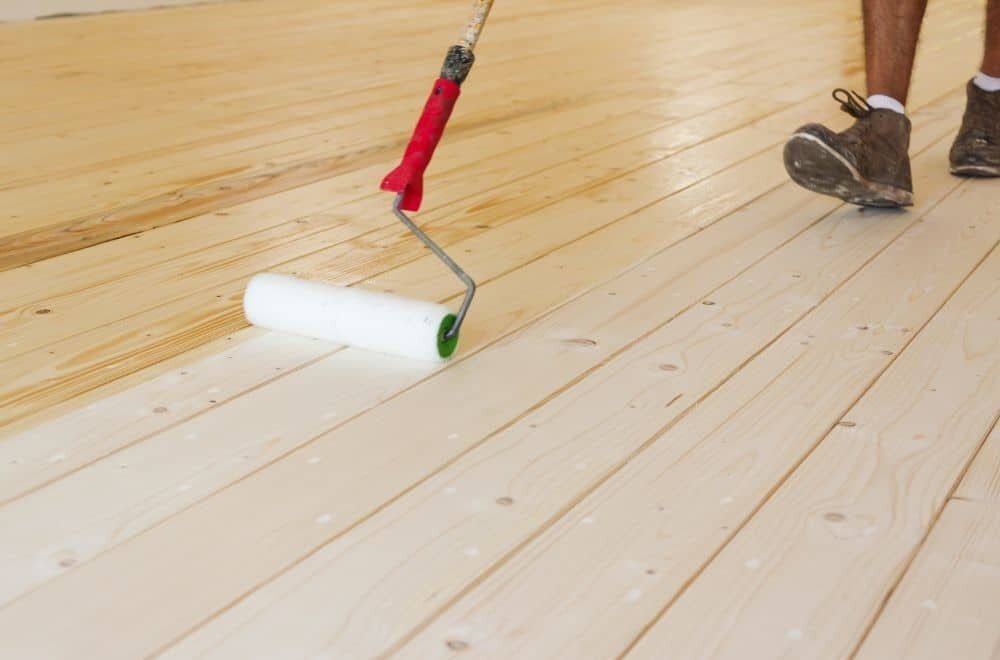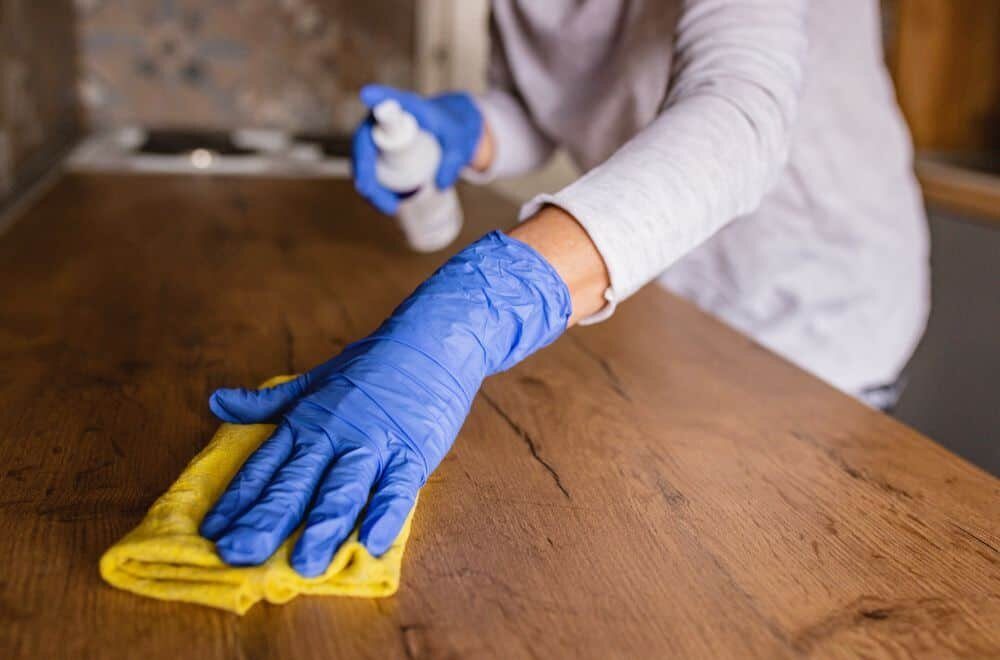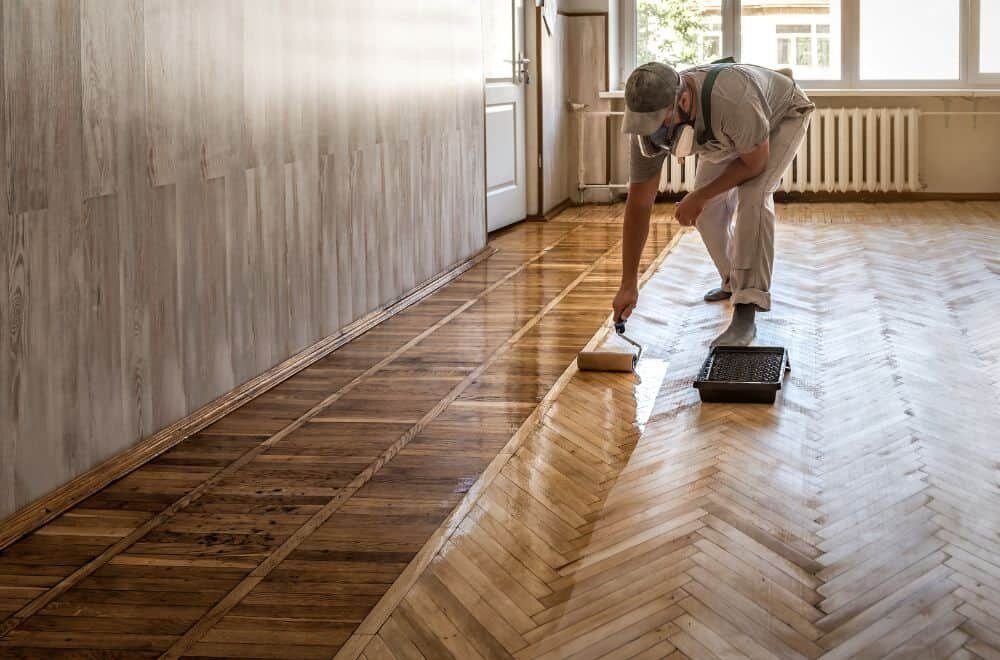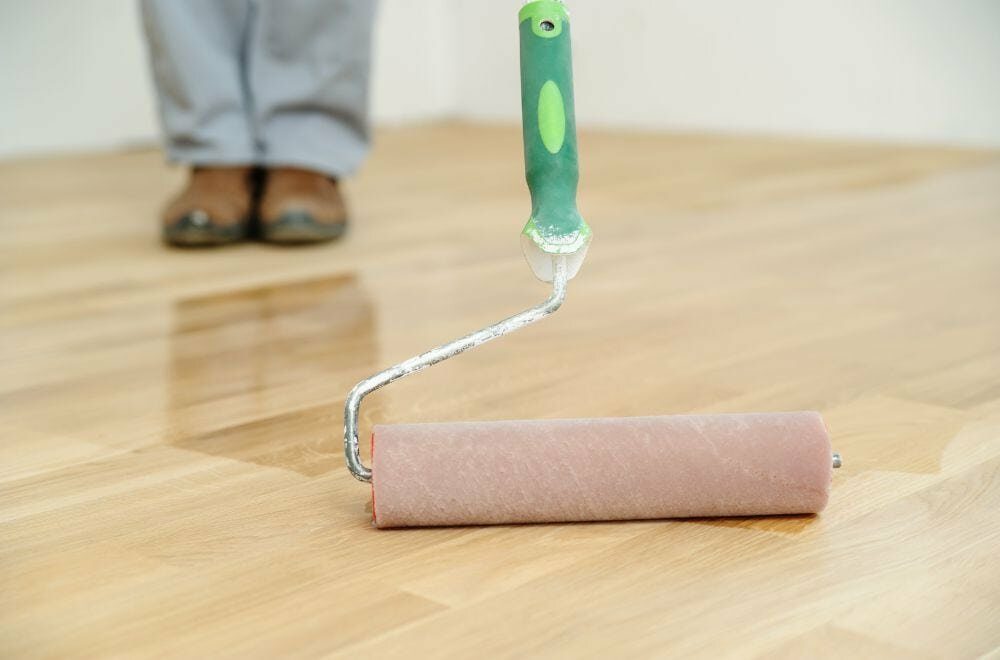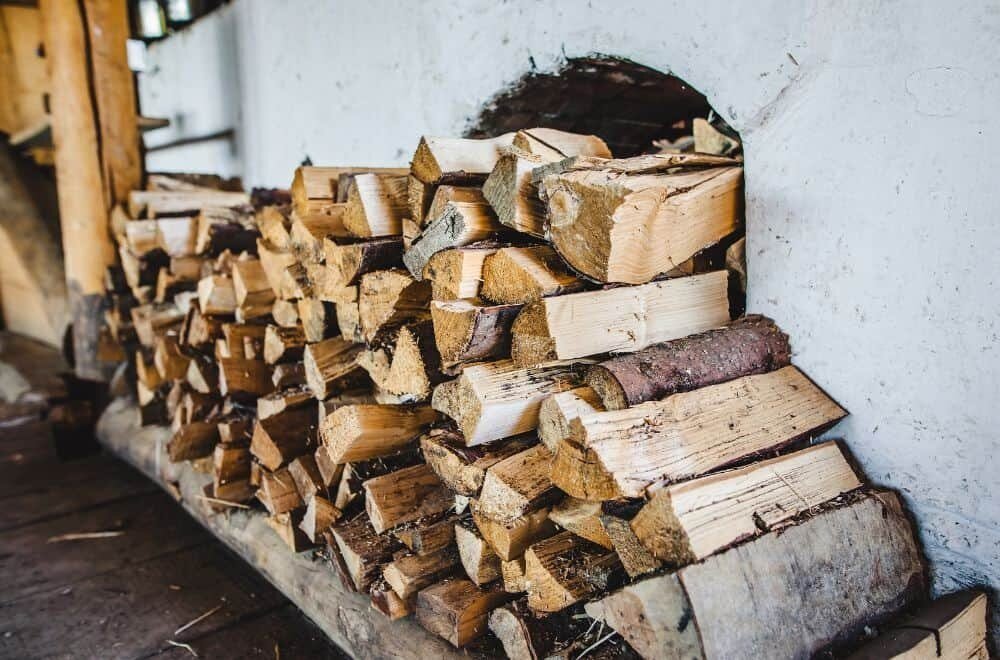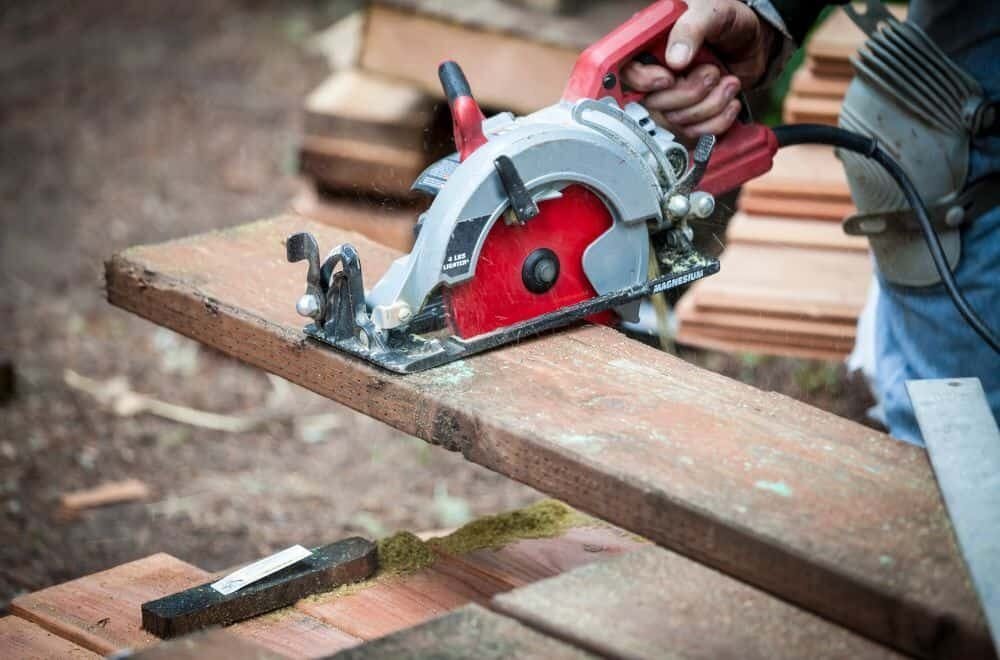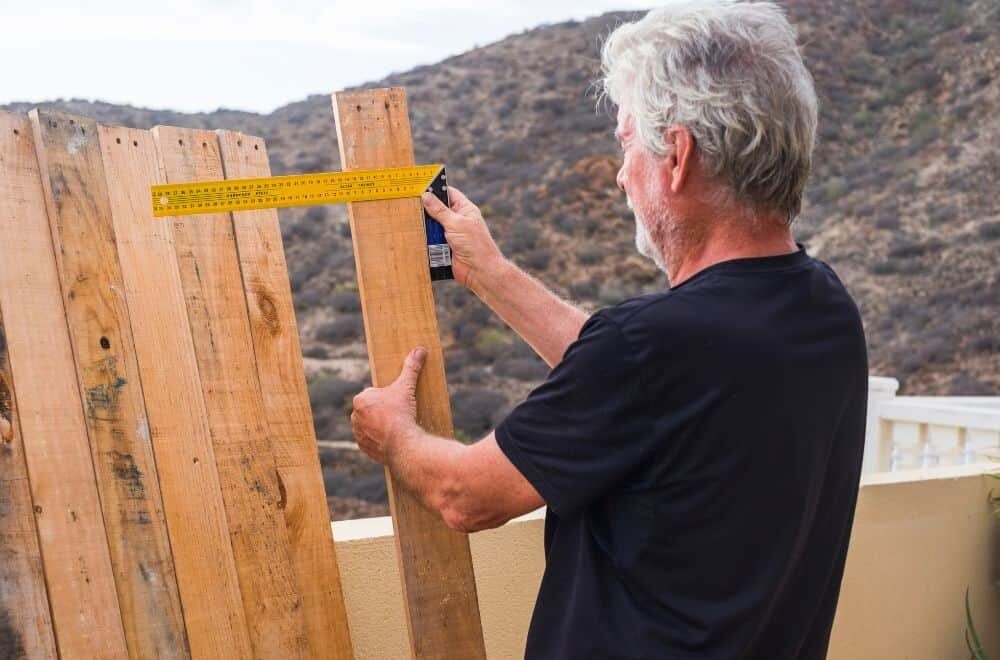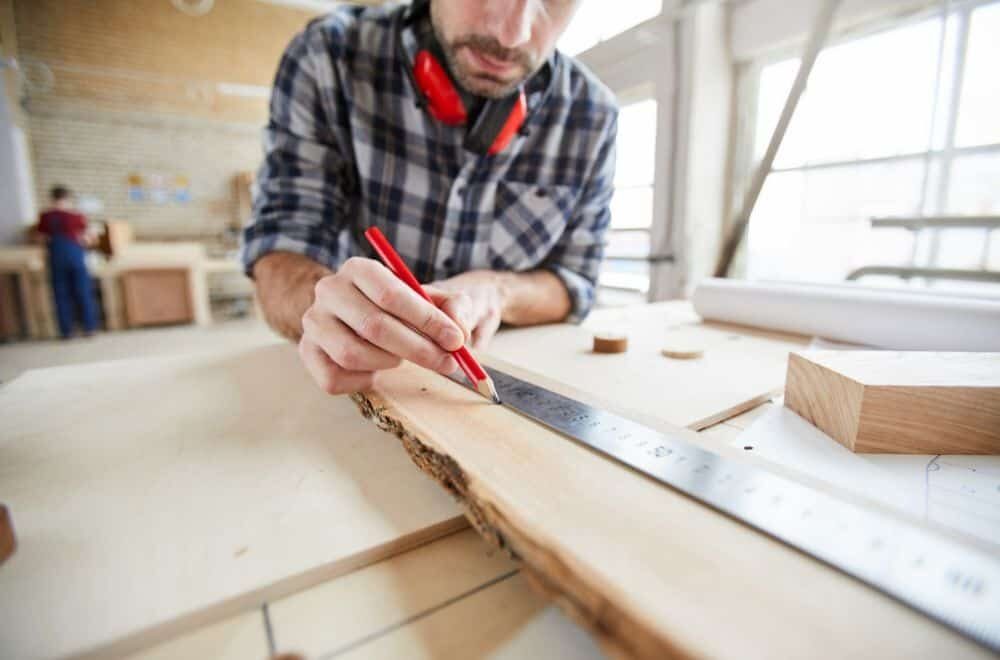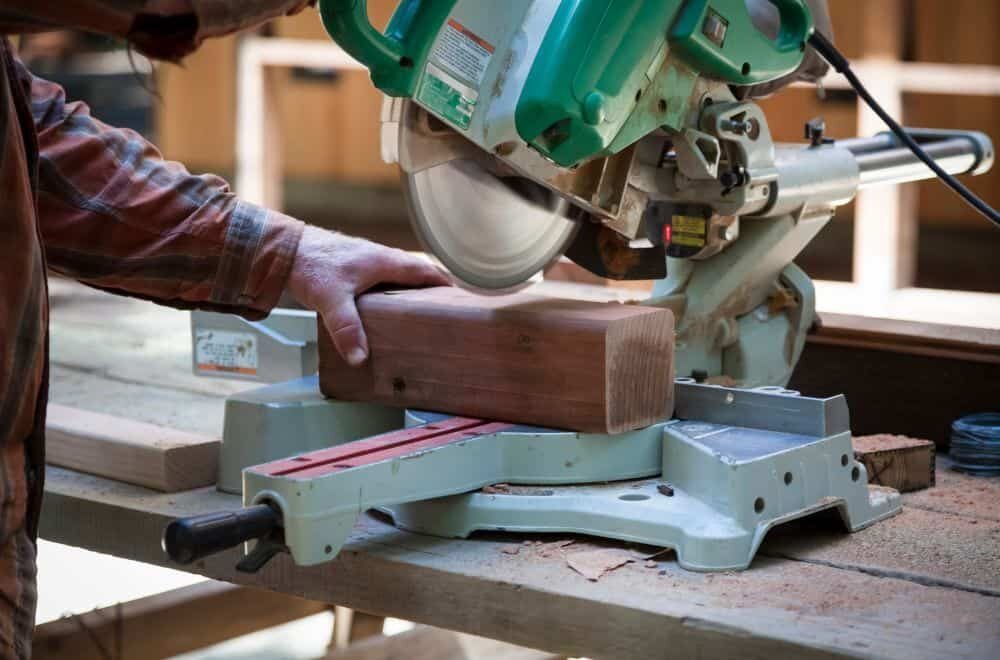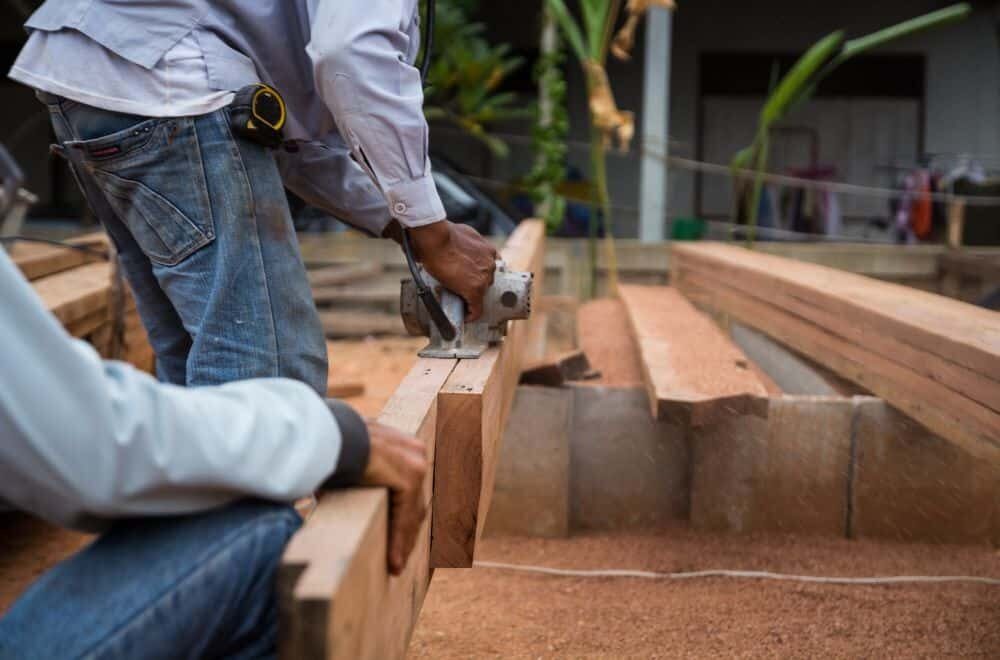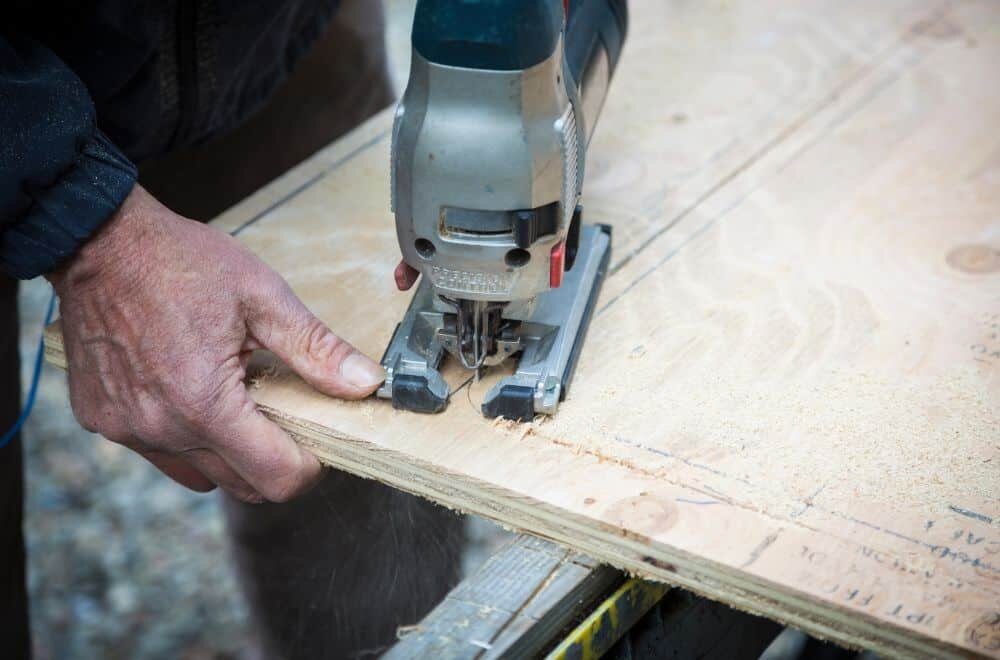What Hybrid Replaces a 3 Wood? A Friendly Guide to Choosing the Right Club
Are you in search of a club to replace your 3 wood? Look no further than a hybrid club. Hybrid clubs have become increasingly popular in recent years due to their versatility and ability to replace multiple clubs in a golfer’s bag. But what hybrid replaces a 3 wood?
A 3 wood is typically used for longer shots off the fairway and tee, but a hybrid club can provide similar distance and accuracy while also being easier to hit. The loft of a 3 wood is typically between 14 and 16 degrees, while a hybrid club can range from 16 to 22 degrees. The higher loft of a hybrid club allows for a higher launch angle and more spin, making it easier to get the ball in the air and land it softly on the green.
When selecting a hybrid to replace your 3 wood, it is important to consider the loft, shaft length, and average distance of each club. The right hybrid can help fill the gap between your fairway woods and irons, providing you with a more consistent and reliable club for those longer shots. So, what hybrid replaces a 3 wood? Let’s take a closer look at some options and factors to consider.
Understanding Hybrid Clubs
The Basics
Hybrid clubs, also known as utility clubs, are a combination of fairway woods and irons. They are designed to provide golfers with a more forgiving option than long irons, while still maintaining the distance of a fairway wood. Hybrid clubs typically have a smaller clubhead than fairway woods, but larger than irons. They also have a lower center of gravity, which helps to launch the ball higher and with more accuracy.
Hybrids are available in a variety of lofts and can replace any club in your bag, from a 1 iron to a pitching wedge. They are especially useful for players who struggle with long irons or fairway woods. By using a hybrid, you can hit the ball higher and with more accuracy, making it easier to hit greens in regulation.
Benefits of Hybrid Clubs
One of the main benefits of using a hybrid club is the increased forgiveness it provides. Hybrids have a larger sweet spot than long irons, making it easier to hit good shots, even on mishits. They also have a lower center of gravity, which helps to launch the ball higher and with more accuracy.
Another benefit of using a hybrid is the versatility it provides. Hybrids can be used from a variety of lies, including fairway, rough, and even bunkers. They are also useful for getting out of trouble, such as when you need to hit a low shot under a tree branch.
Overall, hybrid clubs are a great addition to any golfer’s bag. They provide increased forgiveness and versatility, making it easier to hit good shots from a variety of lies. If you struggle with long irons or fairway woods, consider adding a hybrid to your bag to improve your game.
Hybrid Clubs Vs 3 Wood

When it comes to deciding between a hybrid club and a 3 wood, there are a few key factors to consider. Here are some things to keep in mind:
Distance Comparison
One of the main differences between a hybrid club and a 3 wood is the distance they can achieve. In general, a 3 wood will travel further than a hybrid club. This is because a 3 wood has a longer shaft and a lower loft angle, which allows for a greater amount of clubhead speed and distance.
However, it’s important to keep in mind that distance isn’t the only factor to consider. A hybrid club may not travel as far as a 3 wood, but it can still provide plenty of distance while also offering greater accuracy and control.
Ease of Use
Another factor to consider is ease of use. While a 3 wood can be a powerful club in the right hands, it can also be difficult to hit consistently. This is because it requires a high level of skill and technique to get the most out of it.
On the other hand, a hybrid club is generally easier to hit than a 3 wood. This is because it has a shorter shaft and a higher loft angle, which makes it easier to get the ball in the air and keep it on target.
Versatility
Finally, it’s worth considering the versatility of each type of club. A 3 wood is generally used for long shots off the tee or from the fairway, while a hybrid club can be used for a wider range of shots.
For example, a hybrid club can be used for long approach shots, shots from the rough, and even chip shots around the green. This versatility can make a hybrid club a valuable addition to your bag, especially if you’re looking for a club that can help you in a variety of situations.
Overall, the decision between a hybrid club and a 3 wood will depend on your individual needs and preferences. Consider factors like distance, ease of use, and versatility when making your decision, and don’t be afraid to experiment with different clubs to find the ones that work best for you.
Popular Hybrid Replacements for 3 Wood
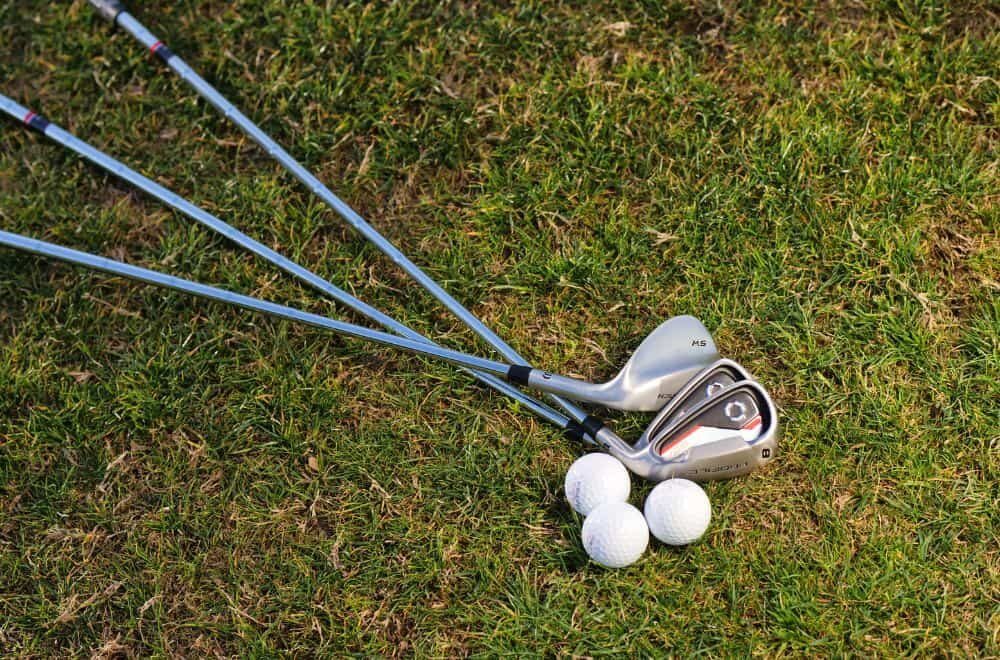
If you’re looking for a replacement for your 3 wood, a hybrid club might be just what you need. Here are a few popular options to consider:
Callaway Big Bertha
The Callaway Big Bertha hybrid is a great option for those looking to replace their 3 wood. It features a larger head and a low center of gravity, which makes it easier to launch the ball high and far. The club also has a high MOI (moment of inertia), which means it’s more forgiving on off-center hits.
TaylorMade M6
The TaylorMade M6 hybrid is another solid choice for those in search of a 3 wood replacement. It has a sleek, aerodynamic design that promotes faster swing speeds and longer shots. The M6 also has a low CG (center of gravity) and a high MOI, making it easy to hit and forgiving on mishits.
Cobra King F9
The Cobra King F9 hybrid is a versatile club that can replace both your 3 wood and your long irons. It has a lightweight carbon fiber crown and a low CG, which helps you launch the ball high and far. The F9 also has adjustable loft and lie settings, so you can fine-tune it to your swing and the course conditions.
No matter which hybrid you choose, make sure to get fitted for the right shaft and loft to maximize your performance. Happy golfing!
Factors to Consider When Replacing a 3 Wood with a Hybrid

When it comes to replacing a 3 wood with a hybrid, there are several factors that you need to consider to ensure that you make the right choice. Here are some of the key factors that you should keep in mind:
Skill Level
Your skill level is an important factor to consider when choosing a hybrid to replace your 3 wood. If you are a beginner or a high handicapper, you may want to choose a hybrid with a higher loft and a larger clubhead. These features can make it easier to hit the ball higher and straighter, which can be beneficial for golfers who struggle with consistency.
On the other hand, if you are a more experienced golfer with a lower handicap, you may prefer a hybrid with a lower loft and a smaller clubhead. This type of hybrid can provide more distance and control, which can be useful for golfers who are looking to shape their shots and hit the ball with more precision.
Course Conditions
The course conditions that you typically play on can also influence your choice of hybrid. If you play on courses with tight fairways and thick rough, a hybrid with a higher loft and a larger clubhead can be advantageous. This type of hybrid can help you get out of trouble and advance the ball towards the green more easily.
On the other hand, if you play on courses with wide fairways and little rough, a hybrid with a lower loft and a smaller clubhead may be more suitable. This type of hybrid can provide more distance and accuracy, which can be beneficial for golfers who are looking to hit longer shots and attack the green more aggressively.
Personal Preference
Finally, your personal preference is an important factor to consider when choosing a hybrid to replace your 3 wood. Some golfers prefer hybrids with a more wood-like feel and appearance, while others prefer hybrids that look and feel more like irons.
You should also consider the shaft flex, weight, and length of the hybrid, as well as any other features that are important to you. Ultimately, the best hybrid for you is the one that feels comfortable in your hands and inspires confidence in your swing.
Frequently Asked Questions
What is the difference between a 2 hybrid and a 3 wood?
A 2 hybrid is a club that is designed to replace a 2 iron, while a 3 wood is a club that is designed for longer shots off the tee or from the fairway. The main difference between the two is the loft angle. A 2 hybrid typically has a loft angle of around 16-19 degrees, while a 3 wood has a loft angle of around 15-18 degrees.
Can a 2 hybrid replace a 3 wood?
While a 2 hybrid can be a good replacement for a 3 wood, it may not be able to hit the ball as far as a 3 wood can. The loft angle of a 2 hybrid is lower than that of a 3 wood, which means that it may not be able to generate as much distance. However, a 2 hybrid can be more versatile and easier to hit than a 3 wood, making it a good option for players who struggle with fairway woods.
What is the best 2 hybrid golf club?
There are many good 2 hybrid golf clubs on the market, and the best one for you will depend on your individual needs and preferences. Some popular options include the TaylorMade SIM Max Rescue, Callaway MAVRIK Max Hybrid, and Titleist TS2 Hybrid. It’s important to try out different clubs and find one that feels comfortable and suits your swing style.
Is there a hybrid that hits as far as a 3 wood?
While hybrids can be versatile and easier to hit than fairway woods, they may not be able to hit the ball as far as a 3 wood can. The loft angle of a hybrid is typically lower than that of a fairway wood, which means that it may not be able to generate as much distance. However, some hybrids are designed to be more distance-oriented and may be able to hit the ball as far as a 3 wood.
Can you replace fairway woods with hybrids?
Yes, you can replace fairway woods with hybrids. Hybrids are designed to be more versatile and easier to hit than fairway woods, making them a good option for players who struggle with fairway woods. However, it’s important to keep in mind that hybrids may not be able to hit the ball as far as fairway woods can, so you may need to adjust your club selection accordingly.
Where is the best place to buy golf clubs?
There are many places to buy golf clubs, including golf stores, sporting goods stores, and online retailers. It’s important to do your research and find a reputable seller that offers a wide selection of clubs at competitive prices. Some popular options include Golf Galaxy, Dick’s Sporting Goods, and Amazon.



